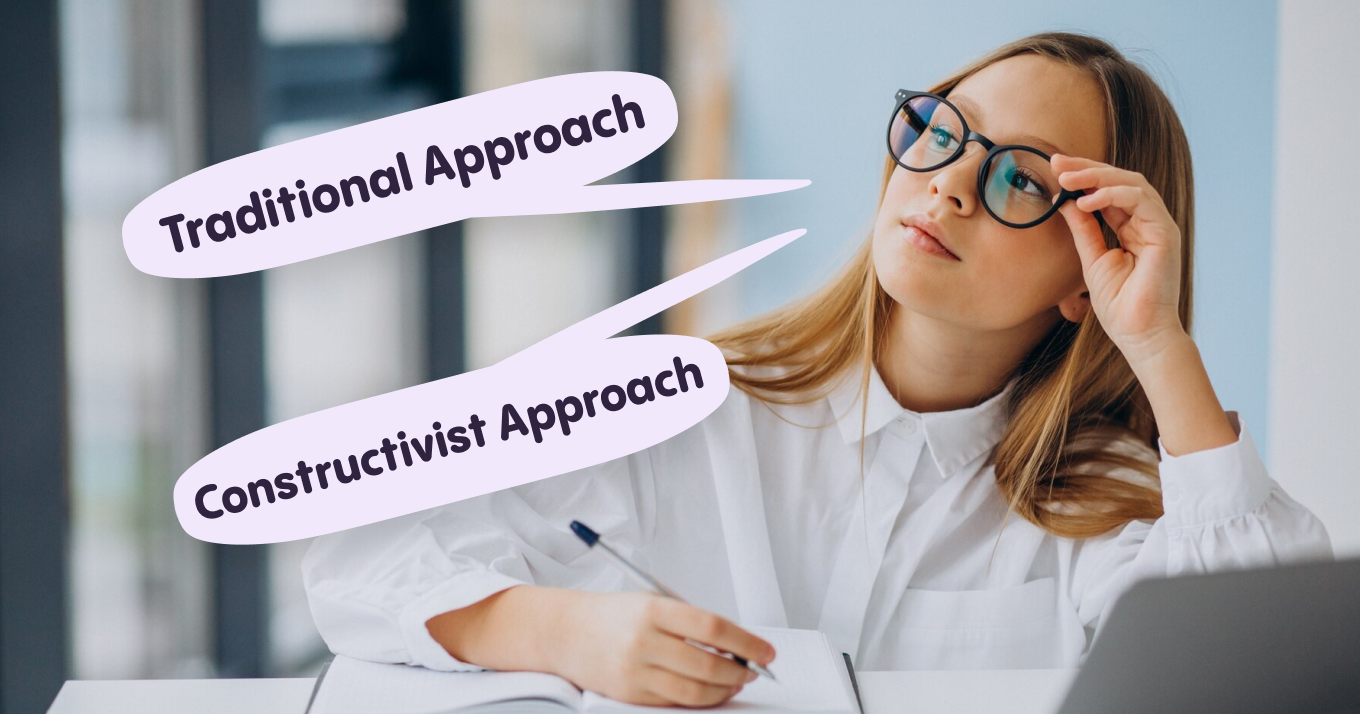Lesson plans are crucial, and creating them is not as challenging as it may initially seem. The key is to adhere to a specific model that serves as the foundation for the entire lesson. In this article, we will discuss one of the best approaches to planning and teaching students—an approach known as the 5E model.
Understanding the Essence of the 5E Model
The 5E model is grounded in the theory of constructivism and differs from the traditional teaching approach. According to this theory, students construct knowledge through experience, as knowledge cannot be simply transmitted in a ready-made form.
In simple terms, students remember best what they have personally experienced and encountered in their own lives.
The teacher's goal is to assist students in constructing knowledge that is genuinely relevant to them. Thus, instructors propose tasks and create conditions in the classroom to reveal each student's potential, teach them to think and solve problems constructively, absorb new experiences, and apply them personally, thereby learning something new.
Traditional vs. Constructivist Approaches to Teaching

Thanks to the constructivist approach, the quality of information retention is much better than in traditional teaching, which often relies on lectures and rote memorization of material.
Students not only acquire knowledge but also develop practical skills and abilities.
The table below summarizes the advantages of constructivism compared to traditional approaches in education.
| Constructivism | Traditional Approaches |
|---|---|
| Students actively participate in the learning process and acquire knowledge through practical means. | Students passively receive ready-made knowledge. |
| The teacher is an organizer and facilitator, creating conditions for gaining relevant new experiences based on students' capabilities, needs, and requests. | The teacher is a lecturer, delivering material without adapting it to different student groups. |
| The teacher evaluates the quality of answers, reasoning, and the development of thought. Thinking and discussions leading to truth are encouraged. | The teacher evaluates the number of correct answers to questions. |
| Student assessment includes responses throughout the course, effort exerted, and overall individual progress in learning. | Student assessment is based solely on test results and checking assignments. |
| The teacher monitors and assesses student knowledge inseparably from the learning process. | The teacher monitors and assesses student achievements, considering only test scores, detached from the student's overall experience during the course. |
Stages of a Lesson According to the 5E Model
A lesson consists of five stages: Engage, Explore, Explain, Elaborate, and Evaluate.
Stage 1: Engage
The goal of this stage is to engage students in the learning process.
The teacher assesses students' prior experience and knowledge to understand their strengths and knowledge gaps.
The Engage stage also helps identify students' preferences to capture their interest in the upcoming course. Typically, the teacher asks open-ended questions and makes notes with responses to profile each student. This helps prepare relevant tasks or adapt the existing plan on the fly.
Stage 2: Explore
This stage involves students exploring a new topic directly through new experiences.
The teacher creates conditions for students to investigate the new theme, exchange ideas, organize, and structure the acquired information.
Materials used during this phase may include videos, articles, podcasts, and visual aids related to the new topic.
Stage 3: Explain
At this point, the teacher steps in, and Teacher Talking Time (TTT) begins. The teacher helps students summarize the acquired knowledge and answers any questions.
Before introducing theory, tables, and explanations, the teacher must understand how students comprehended the information from the Explore stage.
For effectiveness, ask students to share what they learned and explain it in their own words, passing the information through themselves and their prior experiences.
After this, the teacher can delve into details, explaining new terms, rules, and information. For example, it is much easier to explain the nuances of using the Present Continuous for the future after students have encountered a typical situation where such a construction is used.
This stage aligns with the "Presentation, Practice, Production" method, as discussed earlier.
Stage 4: Elaborate
Now it's time to put everything into practice and work together to reinforce the acquired knowledge and develop a deeper understanding of the topic. The teacher provides practice tasks, sets the atmosphere, and creates conditions for consolidating new skills.
Stage 5: Evaluate
The teacher and students come together to assess the work done and understand how well they comprehended and learned the new topic.
At this stage, the teacher gauges whether all students understood the new theme and provides feedback.
Formal and informal assessments, self-assessment, peer-assessment, homework, and projects are used during this stage.
To help you start planning a lesson using the 5E model, we've found a convenient template for lessons. Copy the template and fill it according to your lesson plan.

The 5E model simplifies lesson planning by breaking it down into individual stages with their goals, tasks, and activities. The model is flexible, allowing you to apply it not only for lesson planning but also for units, semesters, and the entire academic year.








